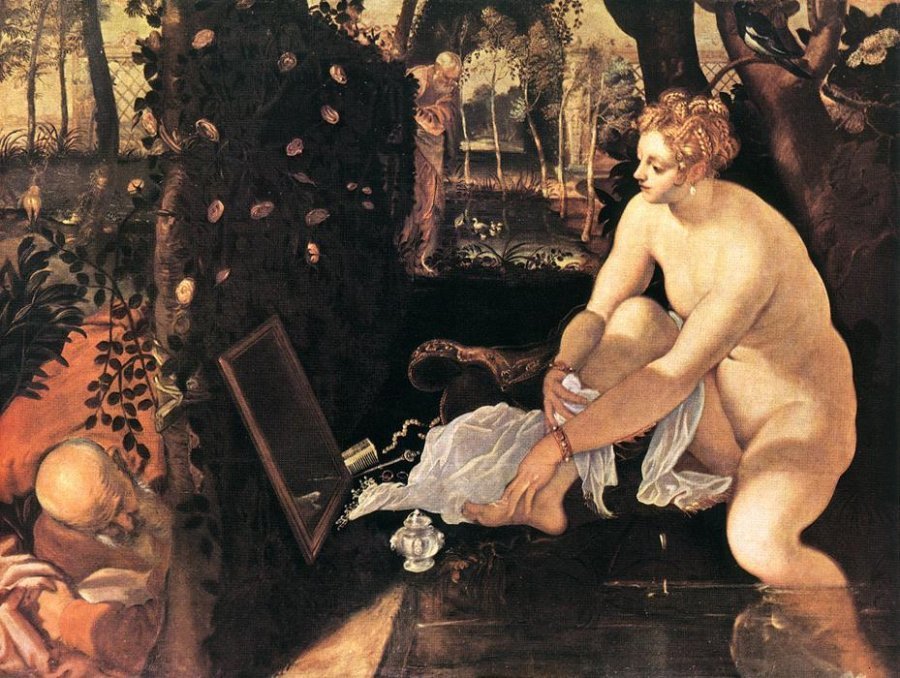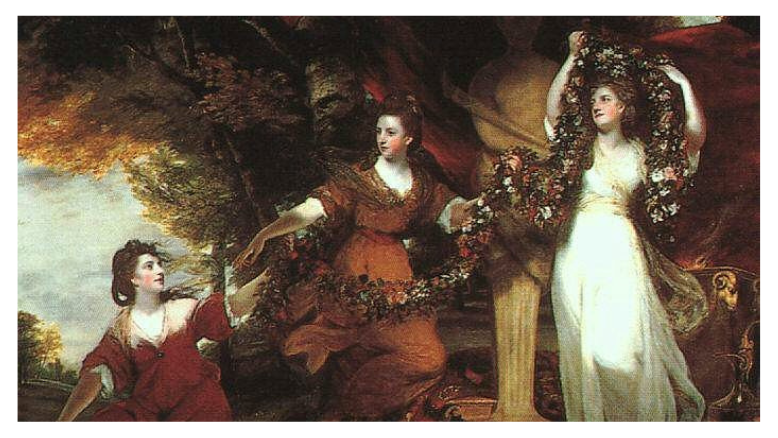What does it mean to look at fashion? Inspired by John Berger’s “Ways of Seeing,” this blog post explores how we perceive style—and how fashion becomes a language of the self.
Before We Dress, We See
“Seeing comes before words.” – John Berger, Ways of Seeing
Long before we speak or write about what someone is wearing, we look. Fashion, in its most immediate form, is a visual language—one that communicates identity, intention, and social belonging in a single glance. This idea, though increasingly familiar in fashion and cultural criticism, was sharply articulated in 1972 by art critic John Berger in his seminal work, Ways of Seeing. Berger’s core argument—that seeing is never neutral, but deeply influenced by ideology, context, and habit—applies strikingly well to how we look at, consume, and construct style today.
The Act of Looking: Fashion as a Visual Language
Fashion, like art, is first experienced through the eye. Whether it’s a carefully curated editorial spread, a scroll through Instagram, or the way someone walks into a room, our relationship with style begins with perception. We decode silhouettes, fabrics, and body language almost unconsciously. Styling becomes a form of storytelling—one where garments are chosen not just for function or trend, but for the way they will be seen.
In this way, style becomes a kind of personal visual grammar. A blazer speaks one dialect, a sari another. A ripped tee may suggest rebellion, vulnerability, or irony—depending on who wears it, and how it’s framed. Berger’s theory reminds us that none of this is “natural” or purely aesthetic. What we see in style is shaped by the visual codes we’ve absorbed through media, culture, and power.
Styled to Be Seen: The Gaze in Fashion
One of Berger’s most famous contributions is his critique of the “male gaze”—the way women in art (especially nudes) are positioned not as subjects but as objects for male viewers. This framework has since shaped feminist and media discourse, especially in fashion photography and advertising.
Think of fashion magazines where women are styled to appear effortlessly seductive, unaware of their display. Or how social media filters and poses reinforce not just beauty ideals, but ways of looking. Today, the gaze is more layered—it’s not just male, but commercial, digital, and algorithmic.
Yet fashion can also resist. Many stylists, photographers, and designers subvert traditional gazes by styling to reclaim the body, disrupt expectations, or challenge visual norms. In this, style becomes a tool of visual rebellion—one that tells the viewer: I see you seeing me.
Seeing Beyond the Surface: The Semiotics of Style
To see fashion is also to interpret it. That means recognising style not just as clothing, but as symbolism. Each element of an outfit can carry social, emotional, or political weight. A monochrome look might signify restraint or minimalism; a clash of patterns may evoke chaos or play. Cultural dress codes—like a Japanese Silk Kimono, or a North East Indian handloom—carry layered narratives of heritage, place, and resistance.
Berger argued that the way we see is shaped by centuries of visual culture, especially in the West, where art often reinforced ownership, gender roles, and colonial values.
Fashion today, while more fluid and global, still inherits these visual legacies. What’s considered “stylish” or “refined” is often filtered through Eurocentric aesthetics and capitalist ideals. To look at style critically is to unlearn this and begin seeing fashion through multiple lenses.

The Self in Style: Identity, Performance, and Perception
In every act of dressing, there’s a silent negotiation between who we are, who we wish to be, and how we hope to be perceived. Berger reminds us that perception itself is an active force, not a passive mirror. Similarly, style is not just personal expression, but public performance.
Some dress to be seen, others to disappear. Some use clothing to explore gender or reclaim cultural identity. Even the rejection of style—a uniform, a plain t-shirt—still says something. In this way, the self is styled, and what we wear becomes a living portrait of our internal world. Fashion isn’t mere aesthetics; Fashion shapes identity.
Seeing Isn’t Passive, and Neither is Style
John Berger gave us the tools to see differently—to understand that looking is an act shaped by history, power, and ideology. In fashion, this insight is invaluable. Every outfit, every lookbook, every runway walk is more than just fabric—it’s an act of visual communication.
To embrace style is to engage in the politics of sight. To notice not just what we wear, but why we wear it, and how others are conditioned to see it.
So the next time you style yourself, or look at someone else’s outfit, ask: What am I really seeing? And: What am I choosing to say?

